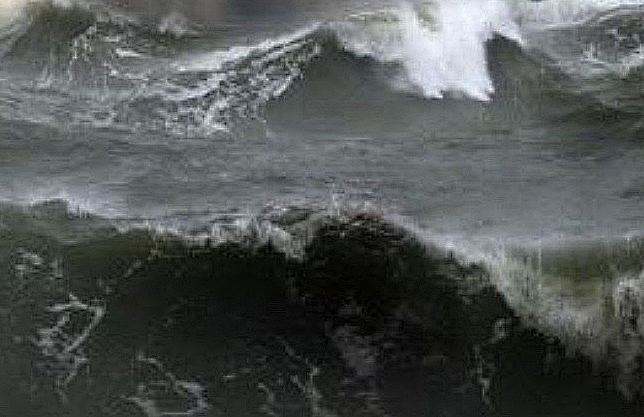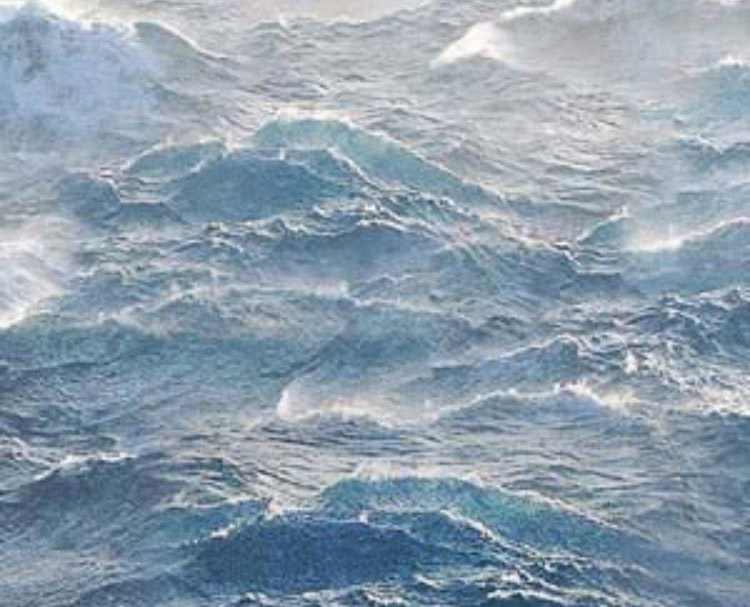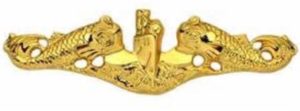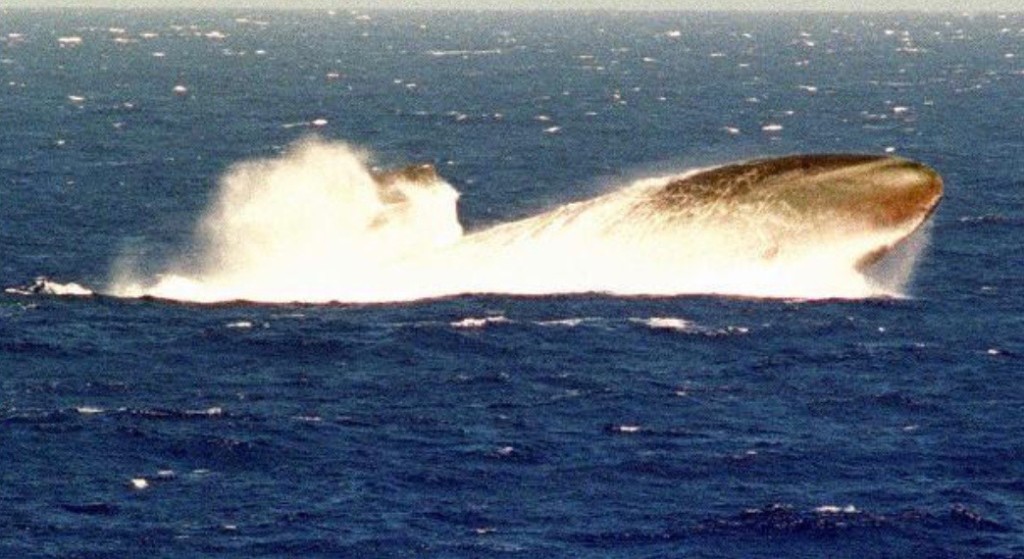
SEA STATE 698 – Yokosuka Approach
BY CHUCK MERKEL
I originally made a Facebook post for my shipmates and Challen asked if he could use what I had written for his blog. I agreed, but wanted to make some edits and to include some recollections that my shipmates provided to my original Facebook post.
God rest those seven souls lost very near to where this story took place so many years before.
As news of the tragedy of the collision between USS Fitzgerald and the merchant ship broke last week, I relived a number of close calls that had occurred in my 30-years as an officer in our Navy’s Submarine Force. I served on four fast attack nuclear powered submarines that were all based in Pearl Harbor, Hawaii. As such, I visited Yokosuka, Japan many times. Ask any submarine officer who with significant experience in the western Pacific and most will tell you that their experience of going into Yokosuka was one of the most challenging of their careers.
My thoughts focused on an event over 31 years ago, when my first boat (submarine) USS Bremerton (SSN-698) surfaced off Tokyo Wan on a dark and stormy night for what was planned to be a quick one-day stop in Yokosuka. I very clearly remember our Captain, Alan Beam remarking (rather prophetically) to me that he did not think that this (the port stop) was going to be worth the trouble.
As we reached periscope depth and prepared to surface, I relieved as Officer of the Deck (OOD) in the ship’s Control Room so that the officer I relieved could man the Bridge when we surfaced. The weather was bad. Our boat was rolling before we ascended to periscope depth – never a good sign. Even as we broached to surface we continued to take water over the fully raised periscope. When we attempted to man the bridge, there was a torrent of water through the bridge hatches. We were lucky that none of the men who were sent to the Bridge were lost. That effort was soon abandoned when the Captain sent the Executive Officer (XO) to the Bridge to retrieve them. Hatches were shut and the men who had been sent up, came down shivering and soaking wet.

Many men became ill, and there were calls for reliefs throughout the boat. Even today I clearly recall my shipmates who were on watch with me in the Control Room during this event. Several others that responded to my Facebook post with their recollections as well. I soon found myself the only officer able to look out the periscope. The radar was operating, but we would soon learn that the mast was bent by the waves that continued to crash over us.
We had our running lights on, and I could see contacts around us and we dodged and weaved through them. When I sighted them, there was only time to make a quick assessment of the relative location (what bearing?) and aspect (which way is he drawing?) before determining if a maneuver was necessary or not. Contacts on the left side drawing left, and contacts on the right drawing right were OK – the others required more attention and a possible course change.
There was no time for formal observations, to make reports and recommendations to the Captain and then give orders. It was up to me – a 25-year-old Lieutenant. I was two years in to my initial sea tour, and had been qualified in submarines less than a year. Here I was looking out the periscope with one eye responsible for the safety of our ship and the lives of my shipmates. At some point, the XO was able to return to the Control Room. All he could do was lay on one of the benches in the Control Room and watch what I was doing. I remember a couple of brief conversations as I rotated the periscope to follow a contact that was passing close to us.
XO: “Are you on a contact?”
Me: “Yes, sir.”
XO: “He must be close.”
Me: “Yes, sir, but we’re not going to hit him.”
After a period of time that grows every time I talk about this event some of my fellow officers recovered sufficiently to assist and eventually relieve me.
We had been operating on Zulu or Greenwich Mean Time, so although it was in middle of the night by local time, we were serving the evening meal when we surfaced that night. Leaving the darkness of the control room, I was unsteady on my feet after looking out into the darkness for several hours. Although the evening meal had been served several hours before, the Crew’s Mess and Galley had not been cleaned up – no one was able to clean. To this day, I remember the meal that was served – breaded (dreaded) pork chops.
I was not ill, but I was not hungry. I went to my bunk and was able to sleep until I was awoken for my next watch.
While I slept, we had obtained permission to submerge until the storm cleared, but had been unable to do so because the radar mast would not lower. When it became light enough and the seas calmed down a little, several men were sent to the Bridge in an unsuccessful attempt to lower the radar mast.
We rode the storm out and arrived safely in Yokosuka. A couple of days late, but exhausted and safe. The radar mast was not repaired, but forced (pounded) down and welded in place by the Ship Repair Facility at Yokosuka, so that we could get underway. It was the height of the Cold War, and we were needed elsewhere in a hurry, but that is a story perhaps for another day.
CM


Blog Editor’s note: It is a privilege to be able to reprint with permission the recollections of shipmates to bring to life the history of the USS Bremerton. Captain Chuck Merkel, USN (Ret), served as the Combat Systems Officer (Weaps) onboard Bremerton between 1984-1987. Chuck later became the skipper of USS Key West (SSN722) from 2000 -2003. You can read more about Captain Merkel and his experience aboard Key West at the outbreak of war after 9/11 by clicking here.
Seascapes used in this article were provided by the blog editor are inspired and enhanced from details of various Google images. The featured image is “The Great Wave off Kanagawa” by Katsushika Hokusai.
.
USS Bremerton SSN 698 News

Emergency Surface – USS Bremerton SSN698 (image source google.com).
LOOKING FORWARD
USS Bremerton (SSN 698) recently celebrated her 36th Birthday and is the longest serving commissioned submarine in the United States Navy, She’s home ported in Pearl Harbor, Hawaii and tentatively scheduled for decommissioning in 2019, she’s not about to be retired just yet. With all that is happening in the world today, there was never a more important time to be “Standing Ready to Defend Our Country” and the protecting the vital interests of the United States as sea.
SAVE THE 698
Join the Movement! Are you passionate about preserving the USS Bremerton in any way shape or form after her decommissioning for the benefit of the public and of naval history? You are invited to a new closed group forum on Facebook “SaveThe698” to be involved in public discussion related to Saving 698. You can see the group site by clicking HERE.
